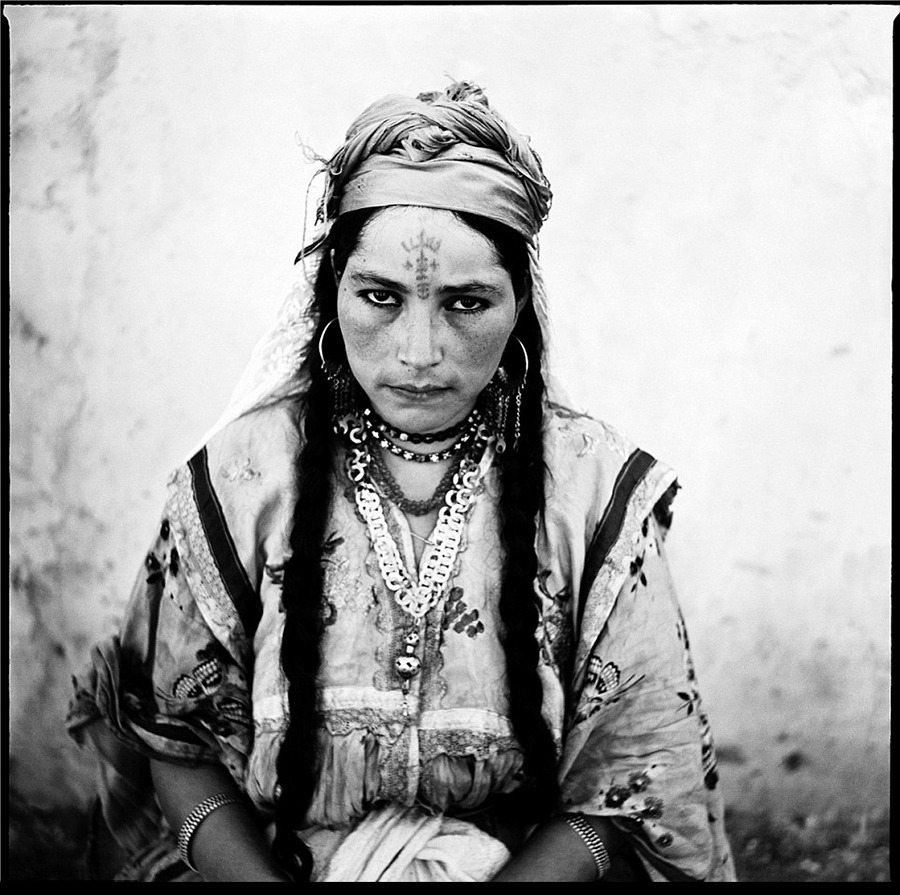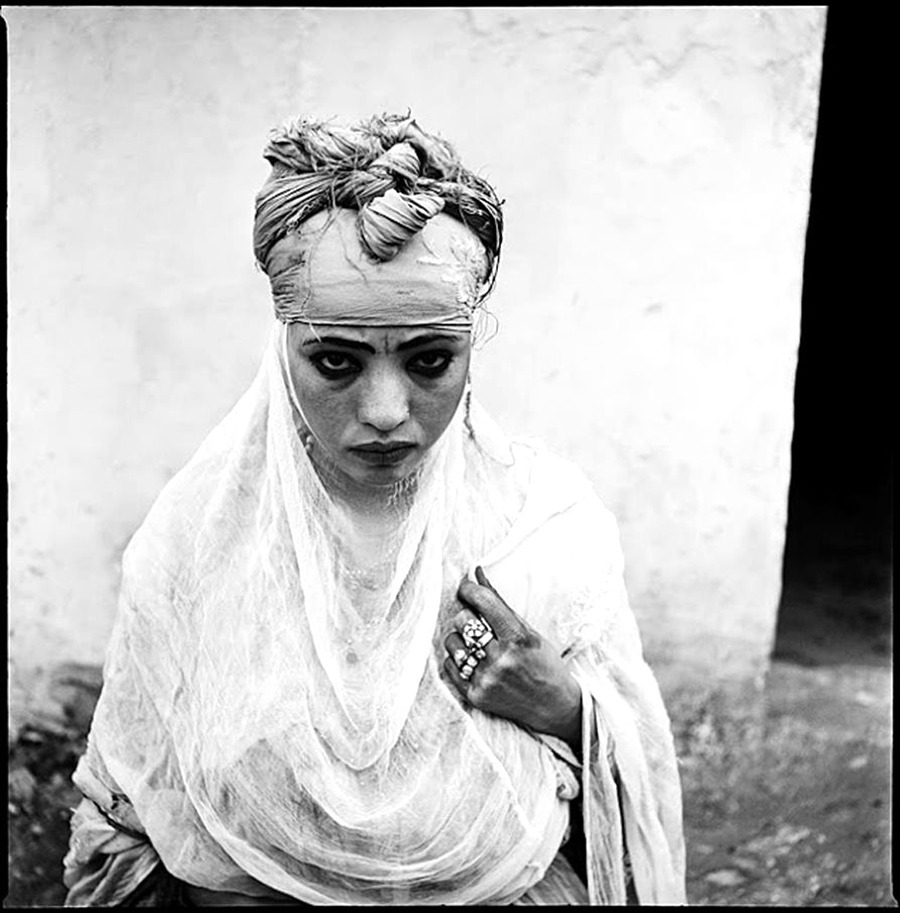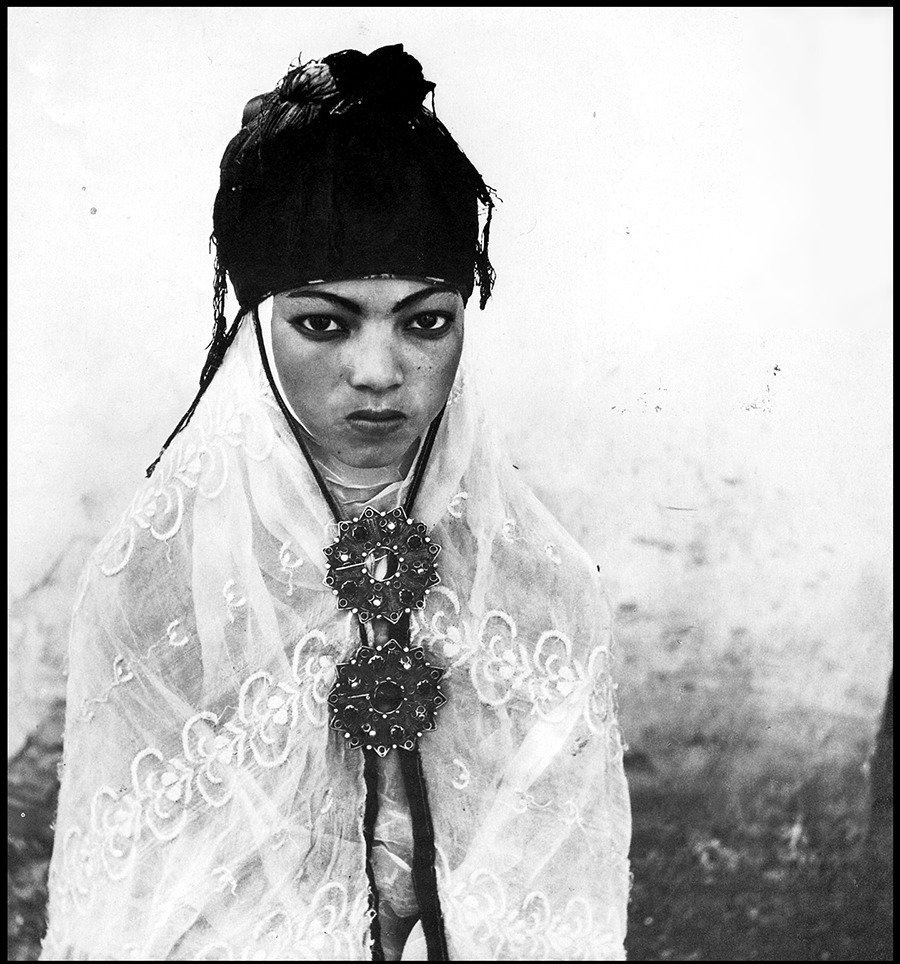



Marc Garanger
Unwilling Subjects in the Algerian War
By James Estrin
SOURCE: New York Times
Stationed against his will in Algeria, during a war for independence that lasted from 1954 to 1962, Marc Garanger avoided direct combat with the Algerian people by maneuvering his way into service as the personal photographer for one of his superiors in the French army.
The strongest document to emerge from the more than 20,000 pictures he made came from the simplest assignment: take ID photos of the Algerians living in internment camps under military supervision.
Over 10 days, he made about 2,000 portraits — mostly of women. Subjects were compelled to sit for his camera. They were photographed against bare walls. The reflection of blinding sunlight off the ground filled in the shadows.
“You have to understand that this is a military camp,” said Mr. Garanger, who is now 75. “This was war and they were forced to be photographed, so there was no communication. This had to happen. I had to take the picture, and they had no choice in being photographed.”
After seeing the first day’s photos, the commandant ordered that the women be photographed without the veils they always wore in public. Unused to showing their full face and hair to anyone outside their family, they stood before Mr. Garanger’s camera as if they were naked. Some looked lost, others seemed to seethe. Mr. Garanger remembers feeling that while the Algerian men were doing the fighting, these women were combatants, too.
“They were firing at me with their eyes,” he said.
Thinking of Edward S. Curtis’s photographs of American Indians, Mr. Garanger marshaled the skills he had developed as a photographer before serving in Algeria. “I was trying to give them back their humanity and their dignity through my portraits,” he said.
His photographs are featured in the “Bodies In Question” exhibit, curated by Fred Ritchin, at the New York Photo Festival. Mr. Ritchin sees obvious and uncomfortable parallels between these half-century-old photographs and the current conflict in France over Muslim women appearing fully veiled in public.
“This work is very important because of the visual rape of the women who were forced to appear uncovered,” said Mr. Ritchin, the author of “After Photography” (2008). “You feel a distress, a defiance, an anger, a vulnerability because they’re not used to showing their face outside their immediate family.”
Notes
 possessionblog posted this
possessionblog posted this
